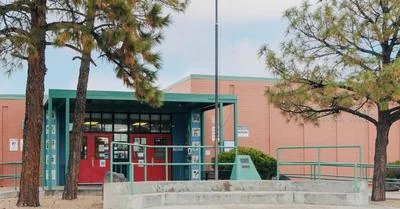Los Alamos National Laboratory gathered components, during the summer months, for the installation of Crossroads, the laboratory's newest supercomputer, teaming with Hewlett Packard Enterprise (HPE), an on-site team and system provider, to finalize its connection to the lab's power and cooling distribution systems. Once the new system was operating, Los Alamos National Laboratory also announced the integration of fiber optical cables into the high-performance computing (HPC) network at the laboratory.
According to an Aug. 30 press release, in alignment with the computing strategy of the National Nuclear Security Administration's (NNSA) Advanced Simulation and Computing Program, Advanced Technology systems (ATS) are deployed to offer cutting-edge simulation capabilities crucial for the stewardship of the nuclear weapon stockpile. Given the production of extensive data from modern experiments, it is imperative to compare this data with simulation results, enabling informed decisions about the nation's nuclear deterrent mission.
“Crossroads is emblematic of the future,” said Irene Qualters, associate laboratory director for Simulation and Computation, according to the press release. “With the introduction of a key co-design element, high-bandwidth memory, Crossroads will deliver four to eight times better performance than Trinity on our most challenging stockpile simulation codes. And we expect additional performance and fidelity gains on future systems.”
To effectively manage and analyze this wealth of information, Los Alamos National Laboratory relies on top-tier computational models, platforms and visualization tools. Each supercomputer in the laboratory's arsenal is denoted by a unique sequential ATS number, eventually earning its distinctive name.
"Crossroads represents a significant advance in the nation’s ability to assess the safety and reliability of the stockpile," said Charlie Nakhleh, associate laboratory director for Weapons Physics. “As well as modernizing the deterrent to meet a new national security landscape.”
“Deploying a world-class supercomputer requires a symphony of expertise and a diverse army of skilled professionals coming together," said Jim Lujan, Crossroads project director for the Lab, in the release. “From visionary planners and hardware engineers to software architects and networking experts, it’s a testament to the power of collaborative brilliance in shaping the future of computational possibilities.”









